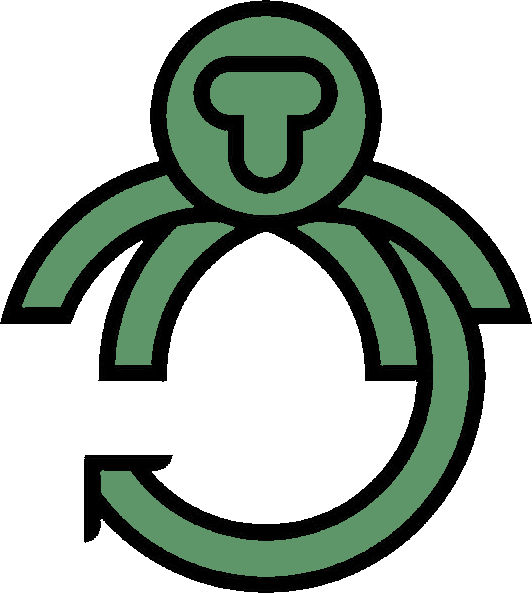Some Nexus missions are targeted to groups, which makes them tedious to do alone, just for the sheer amount of things to kill/retrieve etc
Aside from that - which is honestly a small optional part of the game - you can disable the multiplayer from the Network options and never think about it















That’s a murder for sure